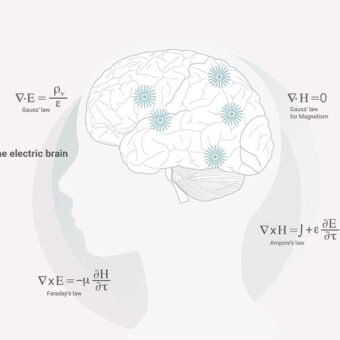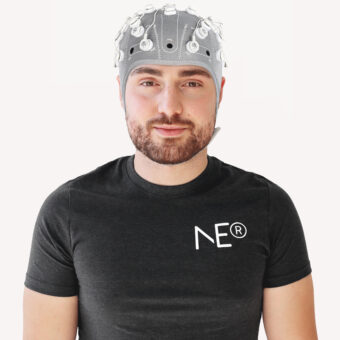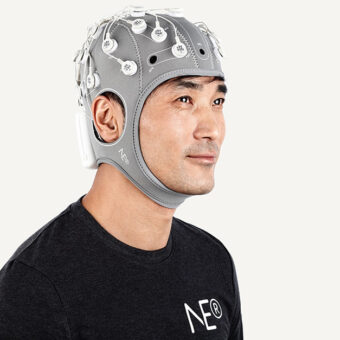Enobio atthe outer space. This is a think I personally would love to see happen. Our device has already been in a lot of different scenarios so far. From the classical ones, considering this type of device, like research labs or hospitals, to other more “exotic” ones, like parabolic flights, art exhibitions, festivals, or monitoring top athletes in action. Might the outer space be the next one. At least, we are a step closer thanks to an ESA funded project to be conducted in the following months. In this project, basic neuroscience, applied neuroscience technology and spaceflight technology will be brought together by three European high-specialised partners: the UCL Institute of Cognitive Neuroscience from UK, Starlab Barcelona from Spain and the DLR Institute of Aerospace Medicine from Germany respectively. The project title, Lost in Space, fits quite well the phenomena that is going to be investigated. Sensory and cognitive disturbances have been regularly reported in high performance flights. Among them, the symptoms that astronauts and high performance flight pilots might exhibit when exposed to gravitational force (g+) are of greater concern. They include symptoms of depersonalisation and derealisation phenomena (DD). When this happens pilots and astronauts perceive the surrounding environment as not real. This feeling of ‘unreal’ distancing from the external world can be profoundly disturbing. Imaging you can not recognize your own body as yours, or your perception of what you are seeing or hearing is processed by your brains as something that does not match to a real situation.
The origin for such profoundly unsettling feelings comes from a conflict between the gravity information reported by the vestibular system compared with what is received from other sensory systems. As a result of all those symptoms, the pilot’s ability to control their aircraft can be temporally impaired so lives can be potentially placed at risk. By addressing this issue, positive and conclude results in this project will lead to an improvement on the safety condition for this kind of flights. In a more general sense, it is expected that the current scientific knowledge about how gravity influences the relation between organism and the surrounding environment will be extended by the end of the project.
To replicate this conflict between vestibular and other sensory systems in an earth-based research facilities, a short human centrifuge platform (SAHC) will be used to deliver artificial gravity to a group of healthy participants. They will sit in the SAHC, which will spin at 45 rpm to deliver 1g artificial gravity at head’s level, for around 15 minutes. During this time their EEG will be recorded by a 32 channel Enobio while they perform a vestibular spatial judgement task. Different two consecutive scenes that might have slight perspective modification from one to the other will be presented. Participants will have to judge whether the second scene is congruent or not according to the predictions based on the change in perspective during the delay period between the scenes and the intervening motion they are sensing.

The provided answers to this task will produce a performance curve showing the ability to match the vestibular signals induced by the SAHC and the visual differences in the scenes. When there is a poor vestibular-visual matching a drop in performance doing the task should appear. The processing of the EEG signals recorded by Enobio would hopefully lead to detect physiological markers of thatvestibular-based uncertainty. EEG, evoked potential caused by the two consecutive scenes will be extracted and compared with those produced in baseline conditions (i.e. trials with not artificial gravity). Especial attention will be given to measure differences in the P300 ERPs components. Differences in amplitude and latency of this component are associated with the brain’s ability to respond to mismatch stimuli.
A practical outcome of the project is that the use of the information from those individual signatures might help when both selecting personnel and pilot’s training. Those whose can better resolve vestibular-visual mismatch could prevent sensory-motor errors during flight and better guarantee the mission safety.
If you want to know the actual results from the experiment just stay tuned, in a couple of months we are going to spin Enobio around.



